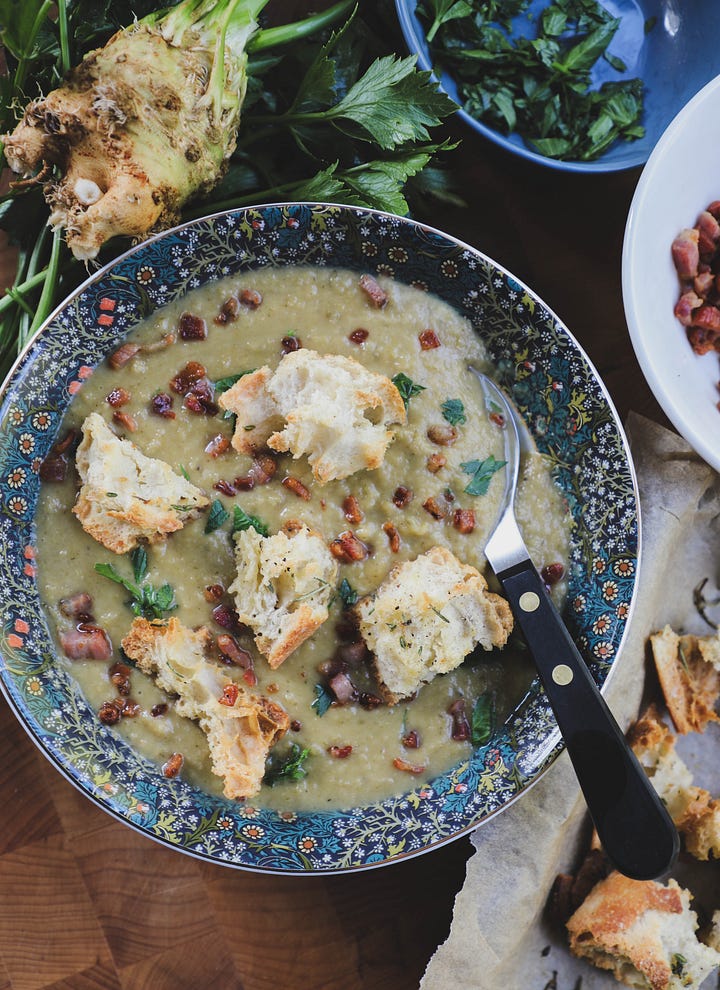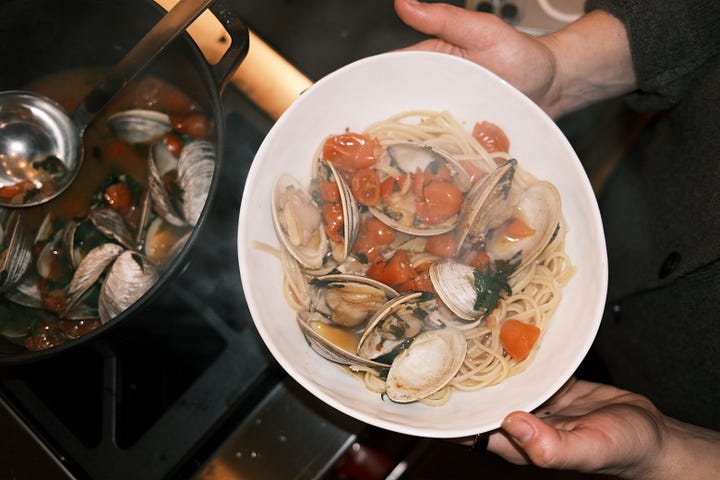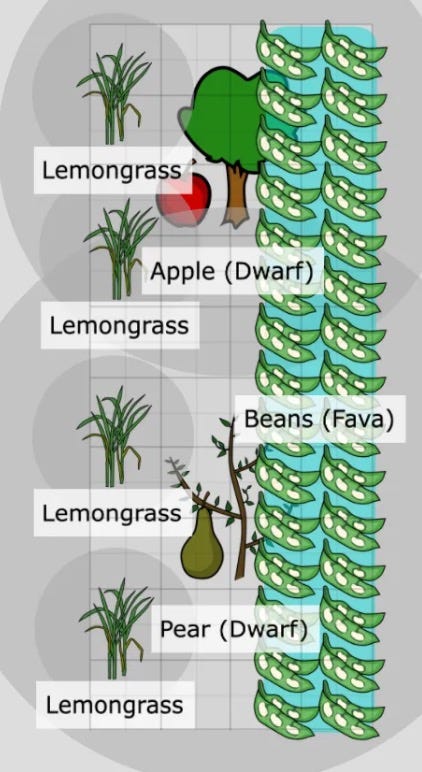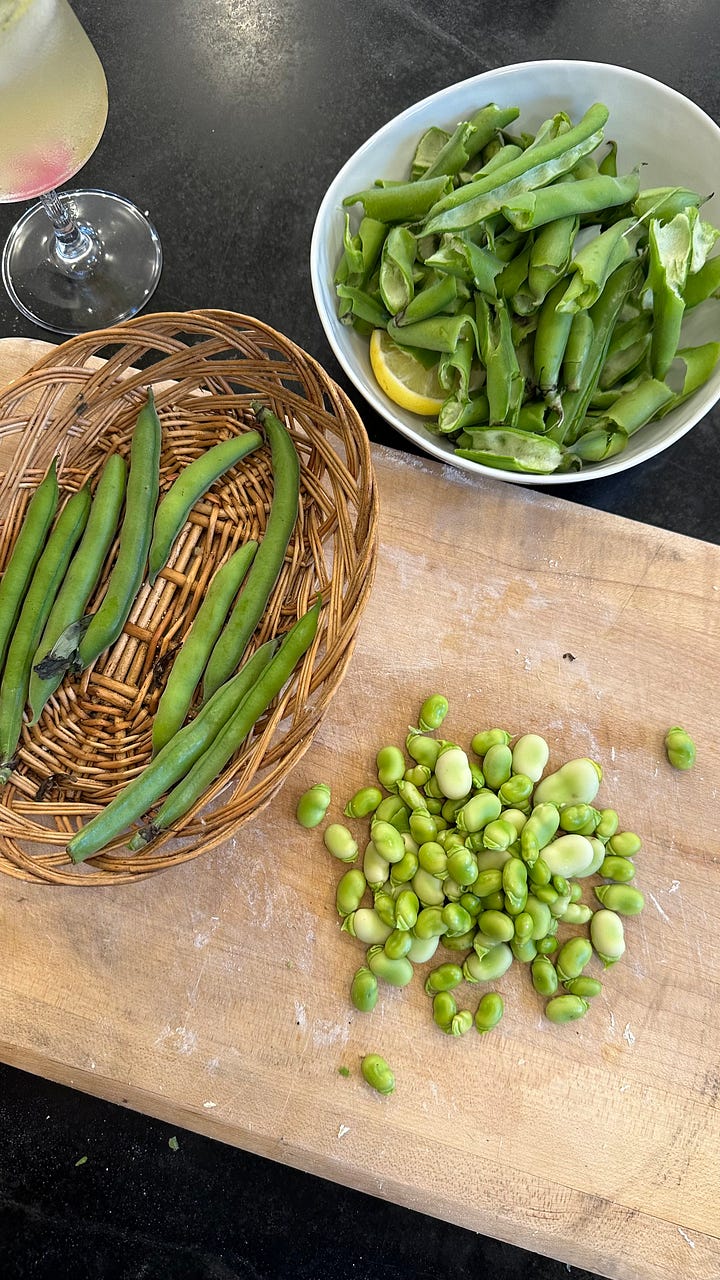Garden Essentials #3: Companion Planting
Maximize your garden’s potential with strategic pairings + Two new recipes!
In today’s newsletter:
two new recipes!
Garden Essentials #3: Companion Planting (plus a downloadable chart with all my suggested companion plant pairings)
I’m happy to share that I’ve decided to resume posting my recipes on my website, carmeninthegarden.com! Don’t worry—I’ll still recap the links here on Substack, and a few recipes will remain exclusive to paid subscribers.
Navigating all the different social platforms has taken some time, but I’ve realized that Substack is the perfect space for in-depth content like gardening tutorials and related topics. This platform allows us to have meaningful conversations, for me to teach and explore ideas more deeply, and for you to learn in a focused way.
Posting recipes directly on my website means I can share them as soon as they’re ready, rather than waiting for a newsletter. It also gives me the flexibility to update or tweak recipes whenever needed. For those who don’t follow me on Instagram, TikTok, or YouTube, I’ll keep sending regular roundups of new recipes straight to your inbox.
I’m still figuring out the best way to navigate everything—Instagram (stories, reels, carousels, oh my!), TikTok (which might get banned next year!?), YouTube Shorts (what a strange comment section, always), long-form YouTube videos (more on that soon 😉), Substack (thank you for being here!!), and the website (what is SEO? haha)—but I truly appreciate your patience and support as I refine this process.
I’m thrilled to share not one but two new recipes that I’ve been loving—perfect for cozy nights and special gatherings alike.


First up is my Cozy Celeriac and Leek Soup with Pancetta & Herby Croutons. This recipe transforms humble, wintery celeriac from the garden and leeks into a creamy, comforting bowl of goodness. The pancetta adds a salty richness, while the crispy, herb-flecked croutons bring that perfect crunchy topping. It’s a dish that feels like a warm hug on a chilly evening.
Next is something a bit more indulgent—Harissa Clams with Cherry Tomatoes and White Wine. Tender clams bathed in a lightly spiced harissa and white wine broth, with bursts of sweetness from the cherry tomatoes. It’s elegant enough for entertaining yet simple enough to whip up on a weeknight. Serve it with crusty bread or a pasta of your choice to soak up all that flavorful broth, and you’ve got a dish that’s as stunning as it is delicious.
Garden Essentials #3: Companion Planting


This post is part of my ongoing Garden Essentials series, where I take a deep dive into the building blocks of a thriving garden. These guides are designed to serve as your go-to resource whenever you need a refresher or a little extra guidance.
If you're catching up, don’t miss the earlier installments:
Today's installment is exclusively for my paid subscribers, and we’re talking all about companion planting—a technique that not only boosts your garden’s productivity but also helps with pest management, soil health, and plant growth. I attribute my ability to abstain from inorganic fertilizers and pesticides in large part to companion plantings effectiveness.
Here’s what we’ll cover:
What is Companion Planting? what it is and why it works, a little science behind these interactions
The Benefits of Companion Planting: natural pest control, enhanced growth and yields, improved soil health
Companion Planting Basics: the “3 sisters” method, common plant pairings, plants to avoid pairing
How to Plan Your Garden Using Companion Planting: tips for your garden layout, how to rotate crops with companion planting in mind
Seasonal Companion Planting Tips: best pairings for spring, summer and fall
Companion Planting Chart (available for download!): quick reference guide to help you make the best choices
What is Companion Planting?
Companion planting is the practice of growing specific plants together to enhance their growth, protect against pests, and improve overall garden health. It's a natural, time-tested gardening technique rooted in the idea that plants, like people, can benefit from the right partnerships.
Why It Works: Certain plants release chemicals, aromas, or nutrients that positively influence their neighbors. These interactions can:




